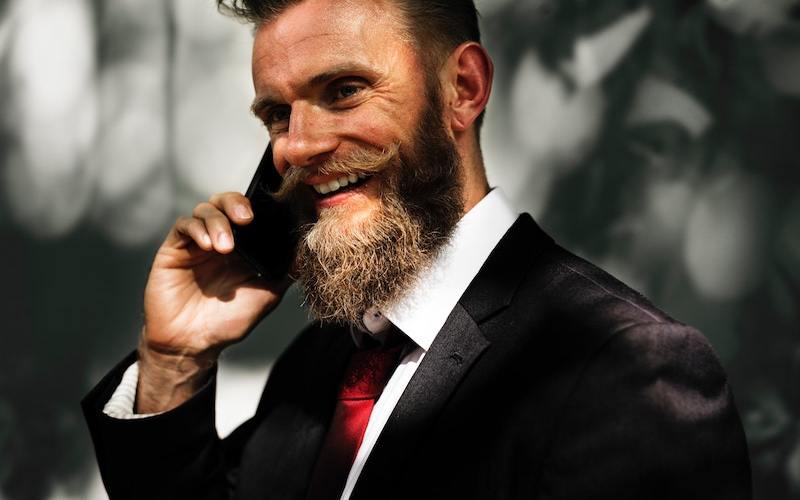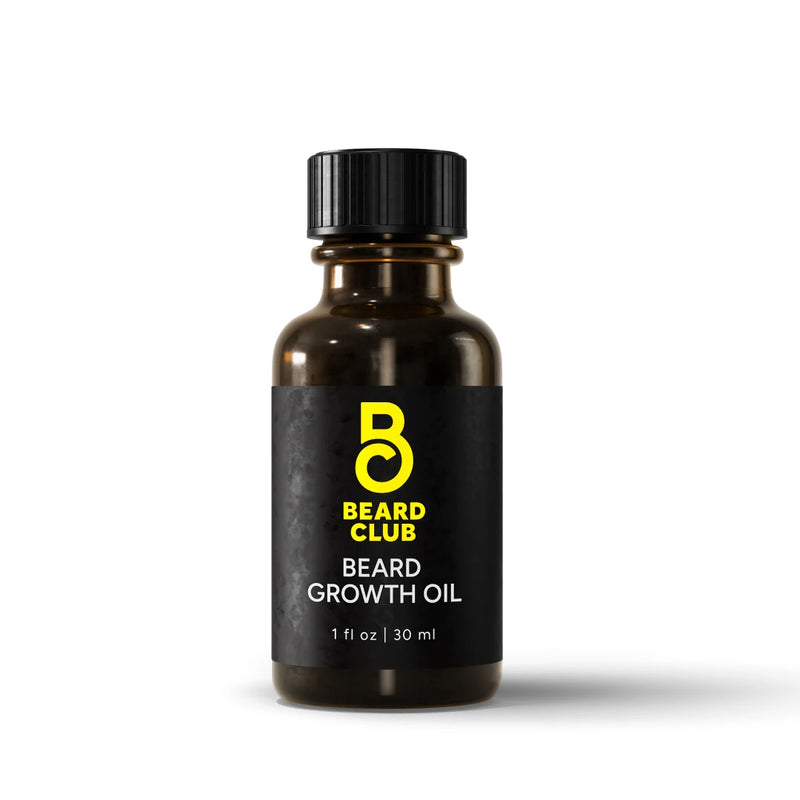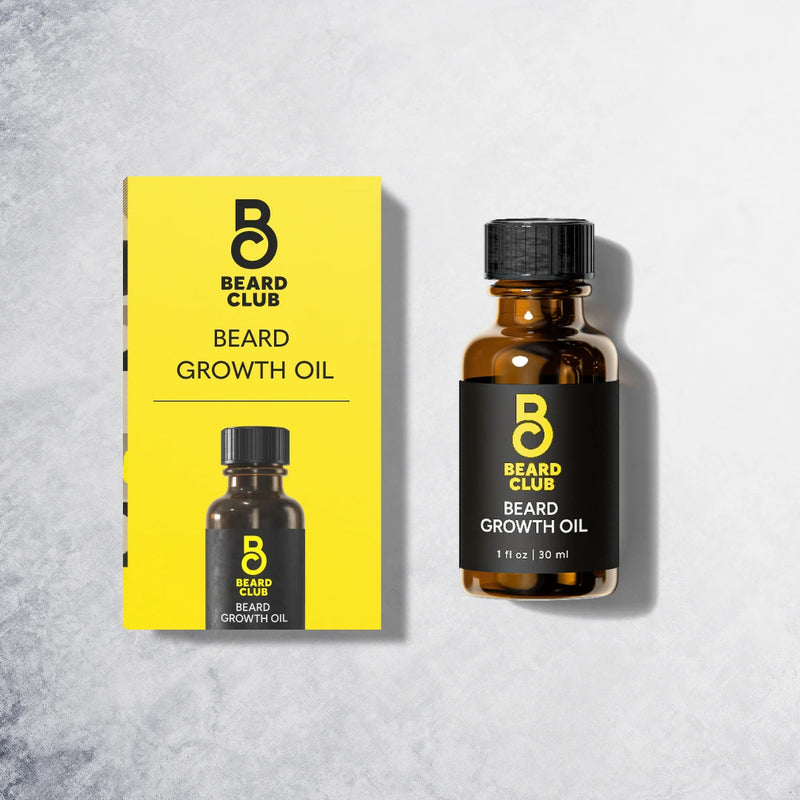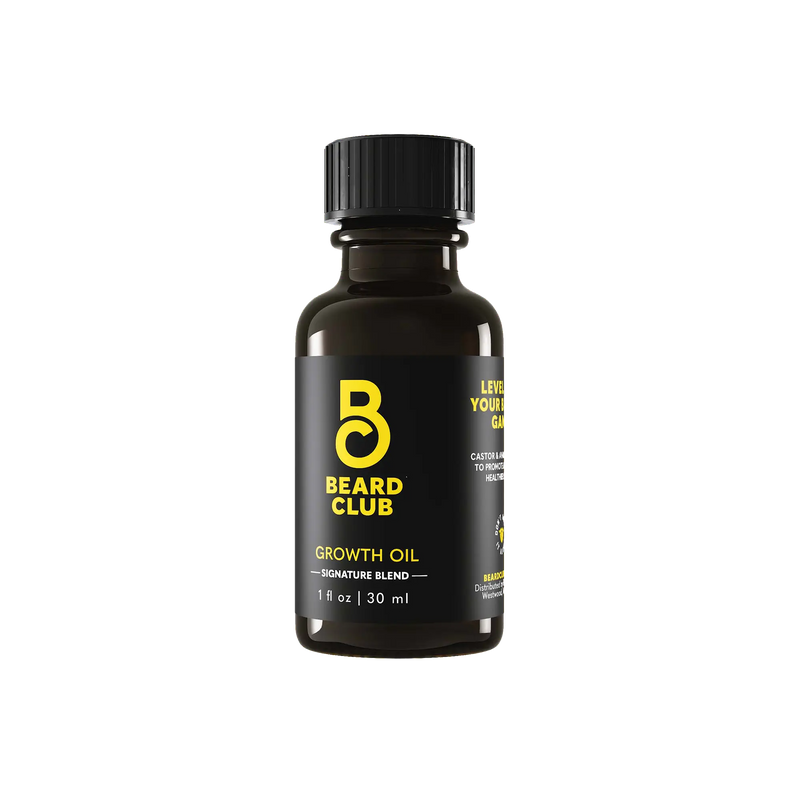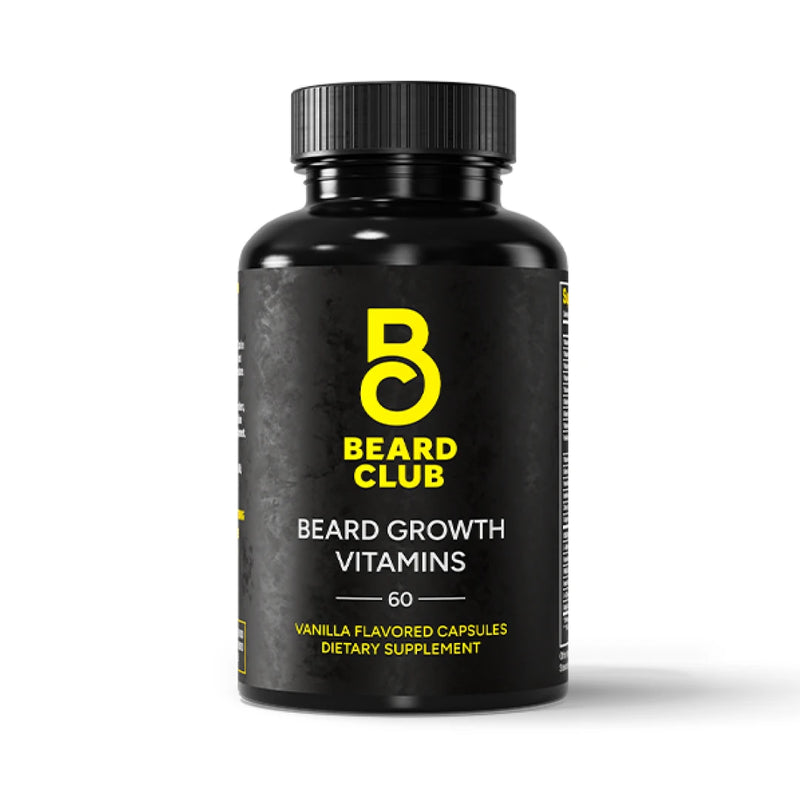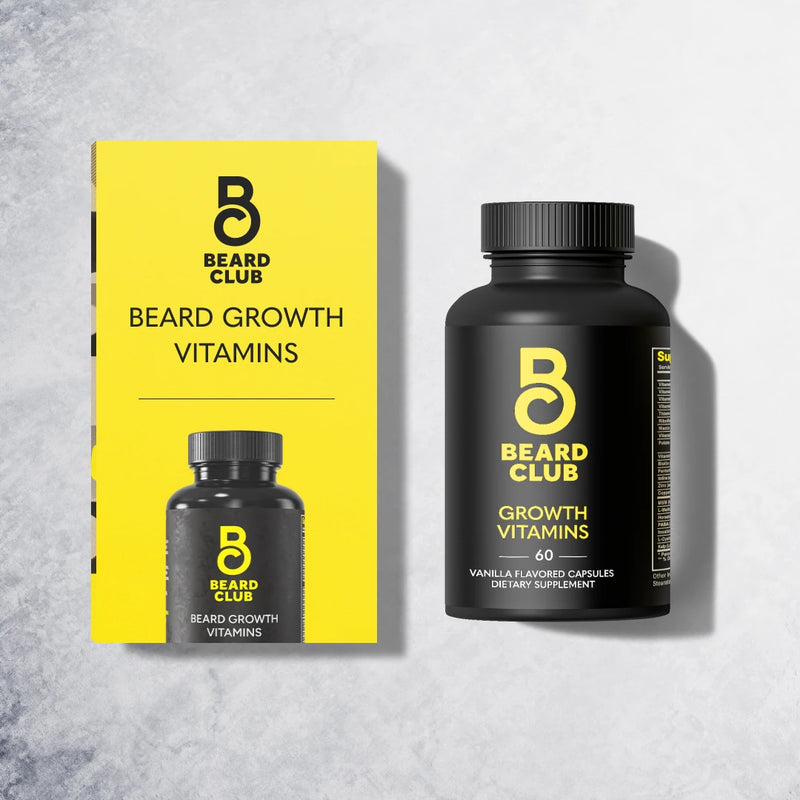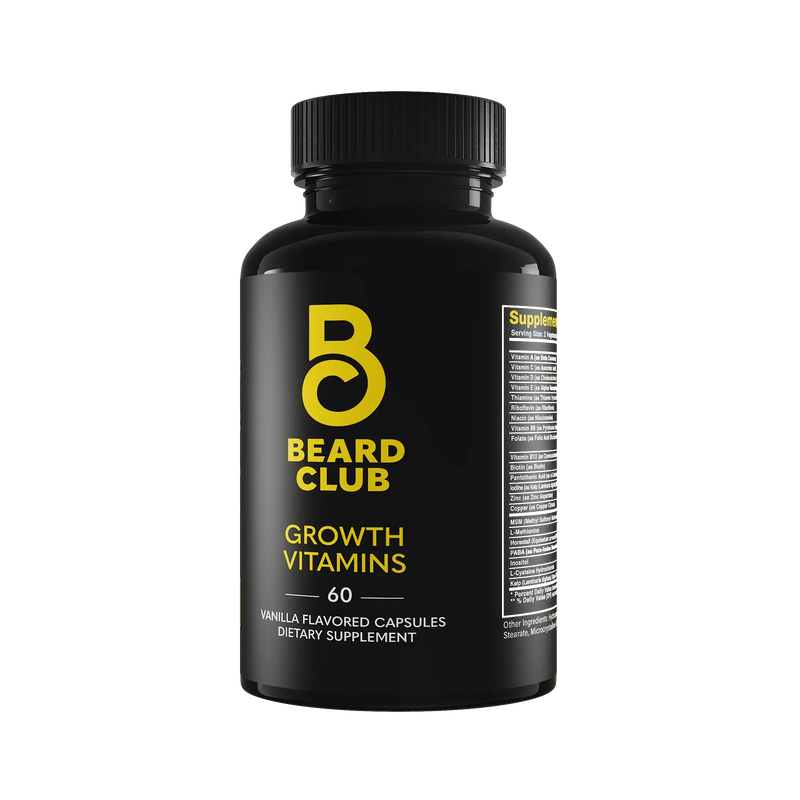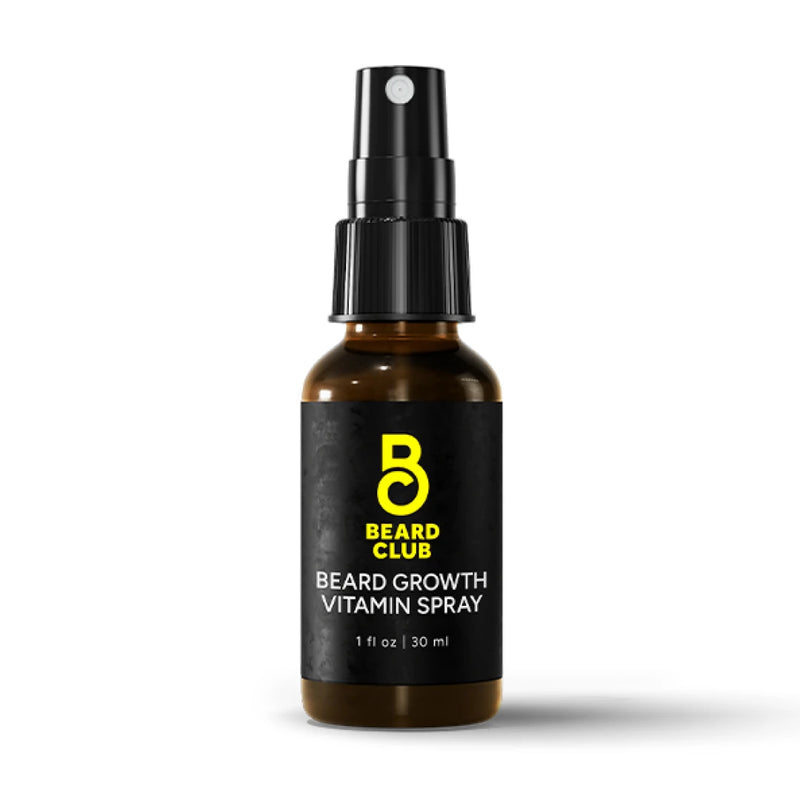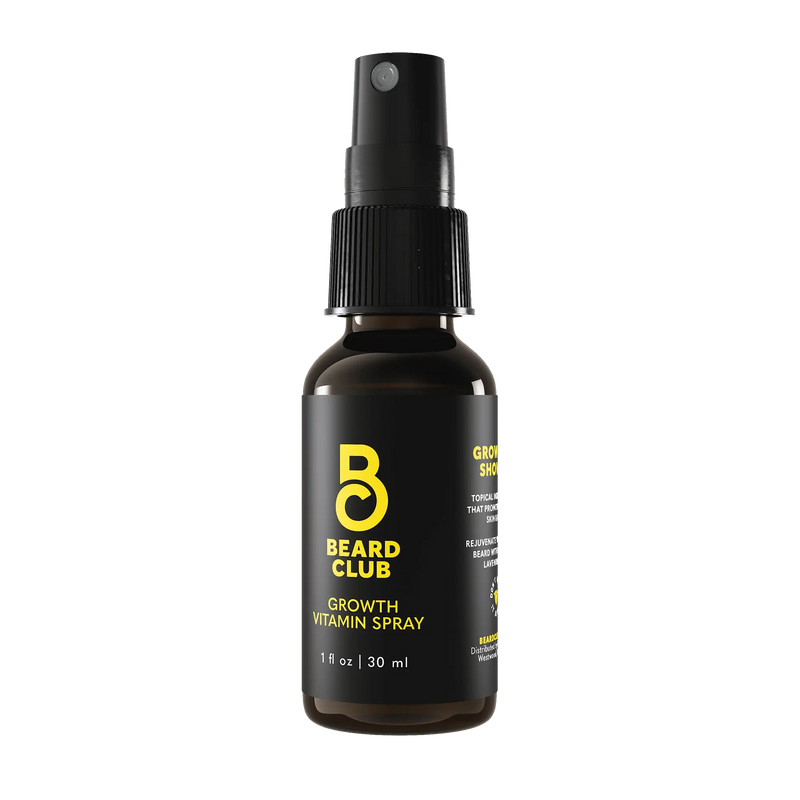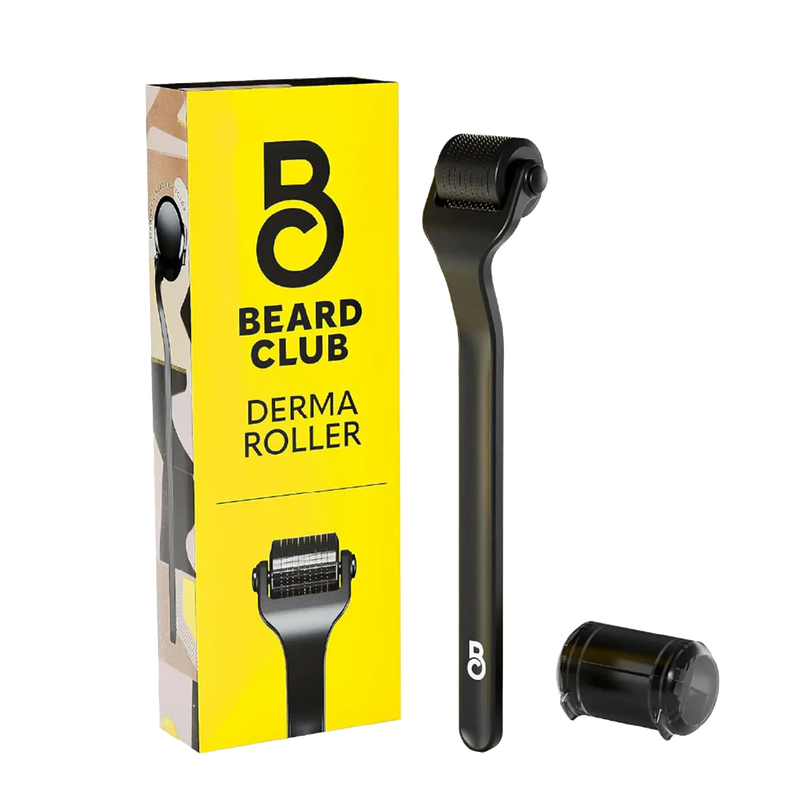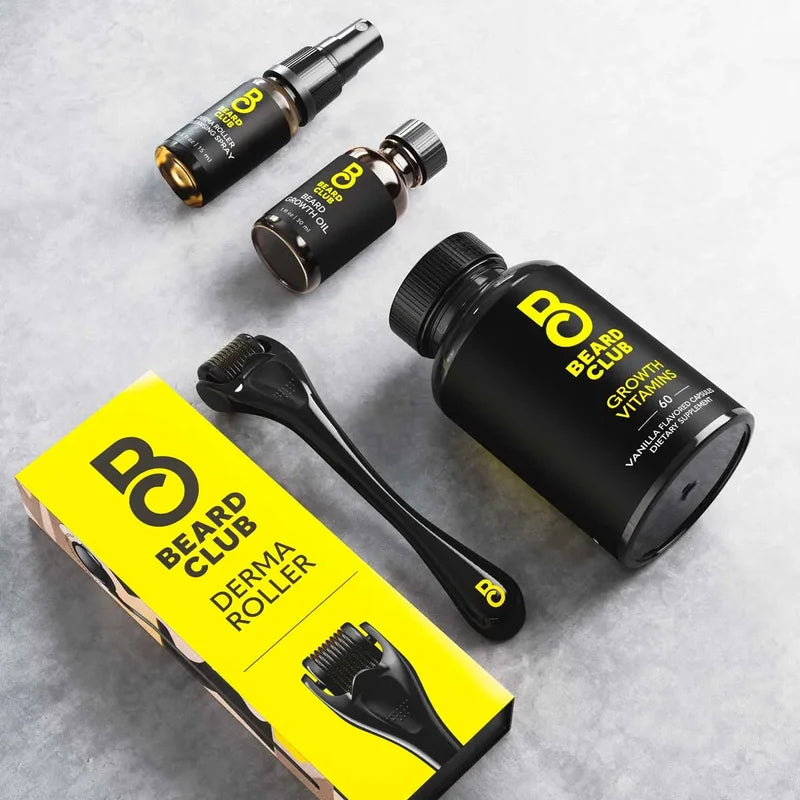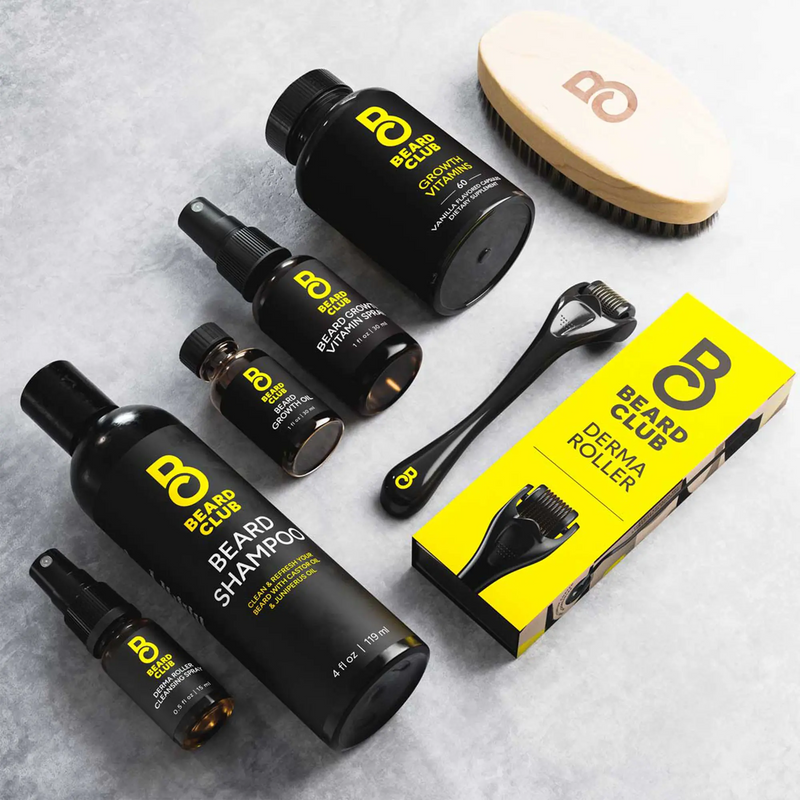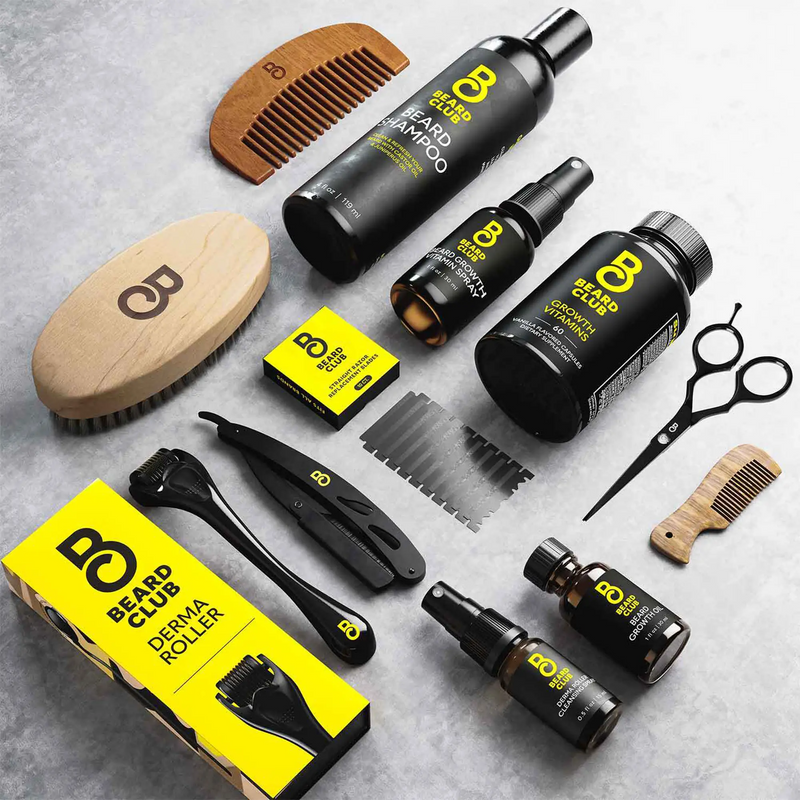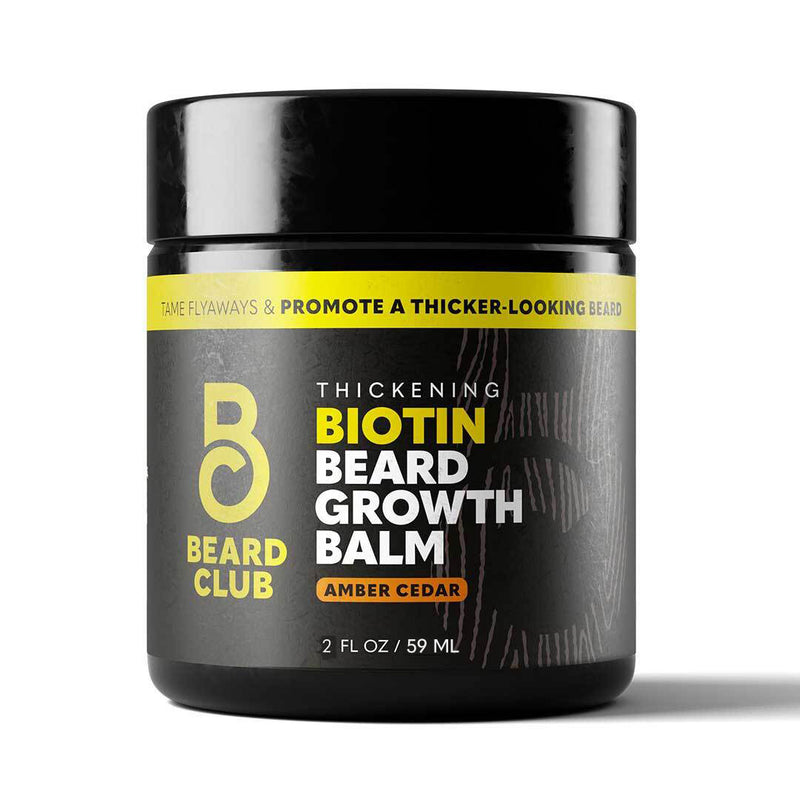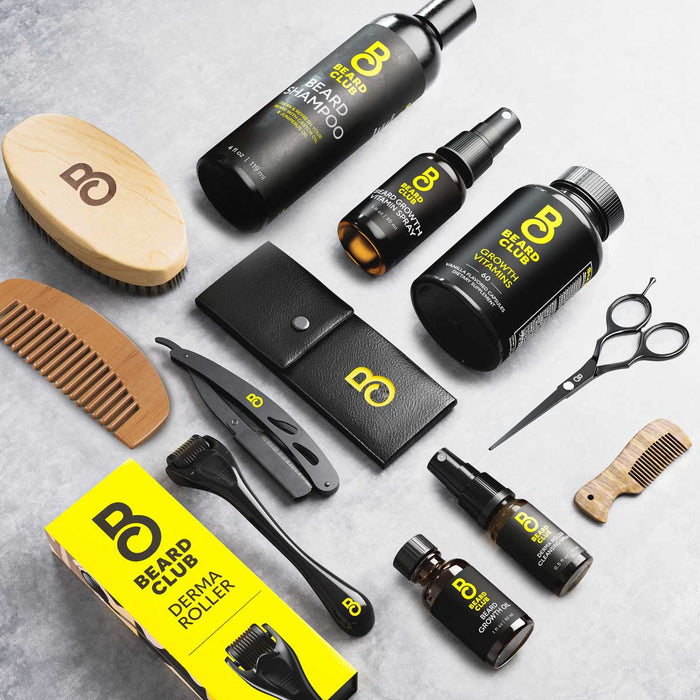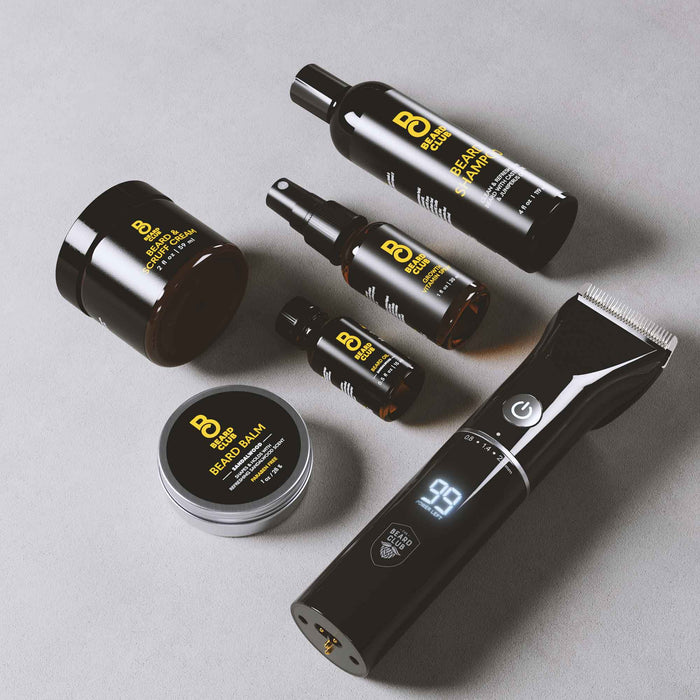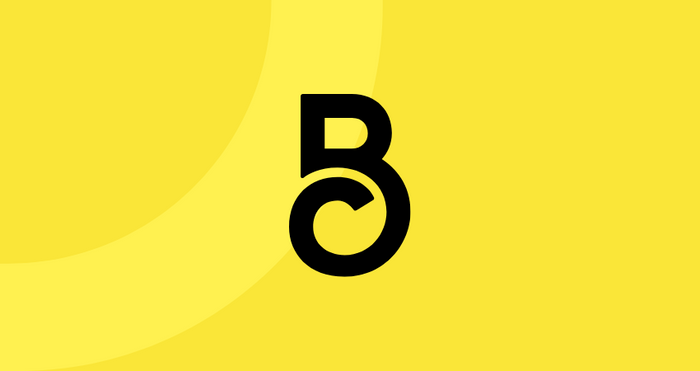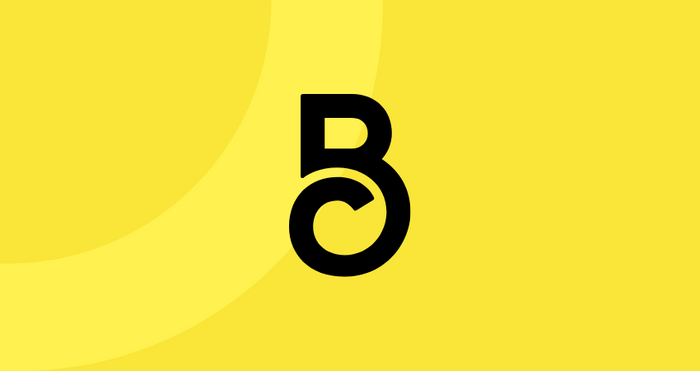Does Age Change Your Facial Hair? A Guide to Mature Beards
It’s true—the aging process does change facial hair and the way our beards look. It usually starts with a silver or gray hair here and there, but as aging persists, older guys might notice their beard growing more slowly, feeling rougher, or starting to thin out in certain spots. These changes are linked to shifts in your hormones, skin health, and the way your hair follicles function over time.
Let’s break down what’s happening and what you can do before you hop on the clean-shaven train.
What Happens to Your Beard as You Age?

Testosterone plays a major role in beard growth. Facial hair responds to dihydrotestosterone (DHT), a byproduct of testosterone. And while most men maintain healthy testosterone levels into their 40s and beyond, even slight dips can lead to slower, thinner beard growth. It doesn’t mean you’ll stop growing a beard, but it may just come in a little differently than it used to.
You’ll also notice changes in the skin beneath your beard as collagen production slows and elasticity decreases. The skin becomes drier and less resilient, leading to flakiness, irritation, and less oil production, all of which affect how your beard feels and looks.
And of course, add in a few gray hairs, which tend to grow wirier and drier, and the texture of your beard can start to feel completely unfamiliar. With age, our hair follicles gradually stop producing melanin, resulting in those white or silver hairs springing up.
These changes are pretty inevitable for most men, but worry not! Once you know what’s happening, it’s easier to build a care routine that actually supports these changes.
Patchiness, Thinning & Texture Shifts: What’s Normal?
It’s common for mature beards to become a little more uneven. Even if your beard grew in full during your 30s, you might start noticing thinner areas or slower regrowth by your 40s or 50s. What happens is hair cycles begin to slow with age, and follicle miniaturization can occur, especially if male pattern baldness runs in your family. It doesn’t mean you have to give up on growth, but your beard’s density may benefit from extra support.
Healthy circulation and stimulating blood flow to the follicles are shown to support hair growth. You can start by gently massaging your beard and face on a regular basis. From there, you can add in a personal derma roller 2-3 times a week, depending on your skin’s tolerance.
For grooming, a soft-bristled beard brush is another great tool to exfoliate, improve blood flow, and shape the beard nicely in areas of patchy beard growth. Use a sharp trimmer to maintain a uniform length and reduce contrast between fuller and sparser patches.
What About Beard Color Changes?

Grays are often the first visible sign of a maturing beard. As we’ve noted, they tend to grow in with a different texture, often wirier or slightly faster than your original hair, and they can stick out or curl unpredictably. For many guys, this shift opens up a choice: lean into the gray or keep your original color a little longer.
There’s no right answer—just what feels like you.
Some older men like the idea of going for a salt-and-pepper beard and build their grooming routine around softness, shine, and shape. If that’s the route you’re taking, moisturizing regularly and trimming up unruly grays often will go a long way in keeping things clean and intentional.
Why Are My Gray Hairs Turning Yellow?
If you’ve noticed a yellowish tinge in your gray beard hairs, environmental buildup is likely the cause. Pollution, sun exposure, and hard water can all contribute to discoloration over time.
To restore brightness, use a purple beard wash once a week. It helps neutralize warm tones and keeps your grays looking crisp, not dull.
Should I Dye My Beard?
Plenty of guys decide to color their beard as grays start to come in, and there are a few different ways to go about it.
Some prefer a daily-use beard color that gradually blends grays into their natural shade. These products are usually easy to apply, wash out with water, and don’t stain the skin or require harsh chemicals. It’s a low-commitment option that keeps your beard looking fresh without locking you into a full dye job.
Others opt for a more permanent solution, like a semi-permanent beard dye. These typically last a few weeks and offer more dramatic coverage, but they also come with stronger ingredients and risks of irritation and dryness. If you go this route, always choose a dye specifically made for facial hair and seek professional advice before going full send.
Common Myths About Aging Beards
Let’s clear up a few myths about maturing beards that you’ve probably heard (or wondered about):
“Gray hair is always coarse.” Not always. It’s often drier, but proper moisture goes a long way.
“You can’t grow a beard after 50.” False. While beard growth may slow, many men see fuller results later in life.
“Patchiness means it’s falling out.” Not necessarily. In most cases, it’s just a shift in growth patterns rather than true hair loss.
“Older beards require less maintenance.” Actually, they usually benefit from more focused care.
Beard Grooming in Your 30s, 40s, 50s & Beyond

Your beard doesn’t age on a schedule. However, your grooming habits will shift a little with each decade. Here’s how your routine might evolve:
|
Age Range |
What’s Changing |
Key Grooming Focus |
|
30s |
Slight slow in growth, minor grays |
Beard shaping, trimming consistency |
|
40s |
More dryness, patchiness possible |
Hydration, balanced product use |
|
50s |
Texture shift, more gray or white |
Deep conditioning, softer styling tools |
|
60s+ |
Thinner or finer growth patterns |
Gentle trimming, skin-first approach |
Beard care doesn’t have to get complicated, but it should stay responsive. What worked in your 30s might need adjusting by your 50s, and that’s completely normal.
What Are The Best Mature Beard Styles?
With all that in mind, you might decide to shift to a new facial hair style that better suits your current growth pattern. The same principles apply at any age: look at your beard’s natural density, growth direction, and your face shape to find a style that brings it all together.
If you’re working with consistent growth along the chin and mustache, a goatee or Van Dyke can offer a sharp, low-maintenance option that doesn’t rely on full cheek coverage. Both styles focus attention on the center of the face and can help visually define your jawline.
For guys who prefer a more sculpted look, the boxed beard offers clean edges with just enough length to look intentional. It works especially well if your beard grows thick around the jaw but thins higher up on the cheeks.
If you’ve still got strong overall density, don’t be afraid to keep a full beard or even grow it out into a long beard—just be sure to maintain the shape. A well-groomed long beard should taper slightly and complement your natural jawline without adding unnecessary bulk.
For a lower-commitment style that keeps things polished, a short beard with tight lines and regular trims can help reduce visible patchiness and still feel timeless.
Whatever route you choose, the goal isn’t to hide aging. Instead, wear your beard in a way that feels authentic and well cared for. Gray beard styles can make a powerful statement, especially when the look suits the person wearing them.
Final Thoughts: Mature Beards Deserve Grown-Up Grooming
Your beard doesn’t lose its value with age, but it does start playing by different rules. It’s still a part of your identity and style, and with the right routine, it can look better than ever.
Pay attention to changes in texture, growth, or color. Tweak your grooming habits when something feels off. Take time to hydrate, trim with purpose, and find a shape that complements your current growth (not the one you had 15 years ago).
And if you’re looking for beard oils, butters, and tools built to support healthier facial hair, The Beard Club has everything you need to keep your beard game looking sharp—no matter what stage you’re in.
Sources:
DHT: How It Causes Hair Loss | Healthline
Collagen: What It Is, Types, Function & Benefits | Cleveland Clinic
How Your Hair Changes as You Age and What to Do About It | Healthline
Why Does Gray Hair Turn Yellow? | Colorwow
